First-of-Its-Kind Study by the Composting Consortium Analyzes Contamination Rates Across U.S. Composting Facilities
February 28, 2024
Commonly held assumptions about contamination were put to the test, revealing new data on the realities of contamination at composting facilities.
February 28, 2024, New York, NY — Today, the Composting Consortium, an industry collaboration led by the Center for the Circular Economy at Closed Loop Partners, released an unprecedented report on compost contamination, Don’t Spoil the Soil: The Challenge of Contamination at Composting Sites. The report reveals first-of-its-kind data on the amount of contamination at U.S. composting facilities, and the significant cost to manage it. Working with composters across the U.S., the Consortium’s in-field study quantifies contamination rates in feedstock and finished compost, highlighting a need for policy, innovation and packaging design to help composters improve contamination mitigation and strengthen organics recovery processes.
The report is released at a critical time for the composting industry, as pressure increases around the growing food waste crisis in the U.S. Today, nearly 40% of food is wasted and sent to landfill in the U.S.––at a loss of $430 billion––and only about 4% of all post-consumer food waste generated by Americans is sent to composters. Organics collection and infrastructure is one key solution to the crisis. To meet growing demand, the U.S. composting industry is shifting. While most composting facilities in the U.S. still only process yard trimmings, curbside organics collection has surged by 49% since 2021. Composter feedstock acceptance policies are also slowly shifting to match demand, with approximately 145 full-scale compost facilities in the U.S. now accepting food waste and some forms of food-contact compostable packaging—that packaging can be a key vessel for diverting food waste to compost, if recovered at composting facilities.
There is eagerness among compost manufacturers to be a part of the food waste solution, but concerns about contamination risks in the organics stream continue to be the one of biggest barriers to greater acceptance of food waste and food-contact compostable packaging. Concerns are increasing amidst the growing volume of compostable packaging in the U.S., largely due to look-alike, non-compostable packaging inadvertently entering the composting stream due to unclear labeling and confusion among consumers. This creates operational and financial challenges for haulers and composters, hindering further acceptance of food waste across the country.
Before the Composting Consortium released this report, there was little to no publicly available data on the amount and types of contamination in feedstock or finished compost products, or the time and money spent by composters to manage contamination at their facilities. To support the composting industry in its transition to accept food waste and food-contact compostable packaging, the Composting Consortium set out to address this data gap by conducting a first-of-its-kind study with 10 leading composters of varying sizes across the continental U.S., capturing a geographically and operationally diverse dataset on contamination volumes and decontamination practices.
The study measures and characterizes contamination across different points of the composters’ processes––and analyzes the financial cost to composters to handle contamination. The study examines five commonly held assumptions about contamination and compostable packaging, and breaks down in-field realities in a data-backed and easy-to-follow format. Key findings include:
- Conventional plastic is the most common contaminant received by composters, making up an average of 85% of the contamination that composters receive, by volume;
- Despite diligent efforts to combat contamination, conventional plastic can persist in the finished compost; 4 out of 10 composters in the study had trace amounts of conventional flexible plastic in their finished compost;
- Contamination has a significant impact on the bottom line; on average, 21% of composter operating costs are spent on contamination removal;
- Most composters had contamination, irrespective of whether or not they accept compostable packaging; several factors contribute to the levels of contamination that a facility receives;
- Eight out of nine composters who accept compostable products in the study had no detectable amounts of compostable packaging in their finished compost.
The data confirms the pervasiveness of plastic contamination, and the need to further mitigate this challenge, both upstream and downstream in the composting value chain. It also highlights that more consistent and standardized compostable packaging design and labeling is needed to ensure that certified, food-contact packaging is properly sorted and recovered at end of life. In the same vein, non-compostable packaging should be distinct in its design and labeling to reduce the risk of conventional plastic packaging making its way into the organics stream. Composters must be supported and incentivized to accept food and certified food-contact compostable packaging, to ensure these materials drive value and circular outcomes to the composting industry.
“Addressing contamination is critical to paving the way for broader organics recovery as a key solution to the food waste crisis in the U.S.,” says Kate Daly, Managing Director of the Center for the Circular Economy at Closed Loop Partners. “The Composting Consortium’s findings shed light on the significant opportunities––and challenging realities––of composting in the U.S. today. This study lays the groundwork for future research and investment to scale end-of-life solutions for food and food-contact compostable packaging to drive circular outcomes.”
This study is an important snapshot of a pervasive challenge that affects the compost industry. This work represents the Composting Consortium’s continued efforts to break siloes and bring together the key stakeholders––upstream, midstream and downstream––to remove barriers and advance a circular economy for organics and compostable packaging. Addressing contamination requires enhancing transparency, intensifying educational efforts and championing innovation. Additional research and collaboration across the entire composting and compostable packaging ecosystem can help pave the way for a circular future, turning food waste into a valuable resource and relieving composters from the burden of contamination.
About the Composting Consortium
The Composting Consortium is a multi-year collaboration to pilot industry-wide solutions and build a roadmap for investment in technologies and infrastructure that enable the recovery of compostable food packaging and food scraps. The Composting Consortium is managed by Closed Loop Partners’ Center for the Circular Economy. PepsiCo and the NextGen Consortium are founding partners of the Consortium. Colgate-Palmolive; Community Impact at Danaher; Eastman; The Kraft Heinz Company; Mars, Incorporated; and Target Corporation joined as supporting partners, and the Biodegradable Products Institute, the US Composting Council and the U.S. Plastics Pact joined as industry partners. Our compost partners for the Contamination Pilot include Ag Choice, Atlas Organics, Black Earth Compost, Dirt Hugger, The Food Bank at Dayton, Happy Trash Can Compost, Napa Recycling, Specialized Environmental Technologies (SET), Veteran Compost, and Windham Solid Waste Management District. Our advisory partners include 5 Gyres, Foodservice Packaging Institute (FPI), ReFED, Compost Research and Education Foundation (CREF), the Sustainable Packaging Coalition (SPC), Compost Manufacturers Alliance (CMA), Eco-Cycle, University College London (UCL), Western Michigan University (WMU), University of Wisconsin-Stevens Point and World Wildlife Fund (WWF). Learn more about the Consortium at closedlooppartners.com/composting-consortium/
About the Center for the Circular Economy at Closed Loop Partners
The Center for the Circular Economy (‘the Center’) is the innovation arm of Closed Loop Partners, a leading circular economy-focused investment firm in the U.S. The Center executes research and analytics, unites organizations to tackle complex material challenges and implement systemic change that advances the circular economy. The Center for the Circular Economy’s expertise spans circularity across the full lifecycle of materials, connecting upstream innovation to downstream recovery infrastructure and end markets.
Related posts

Blog Post
How AI Can Reduce Food Waste at Restaurants
Closed Loop Ventures Group led the seed investment...

Press Release
New Data Reveals High Quantities of Food-Grade Polypropylene...
Closed Loop Partners’ Center for the Circular Economy...
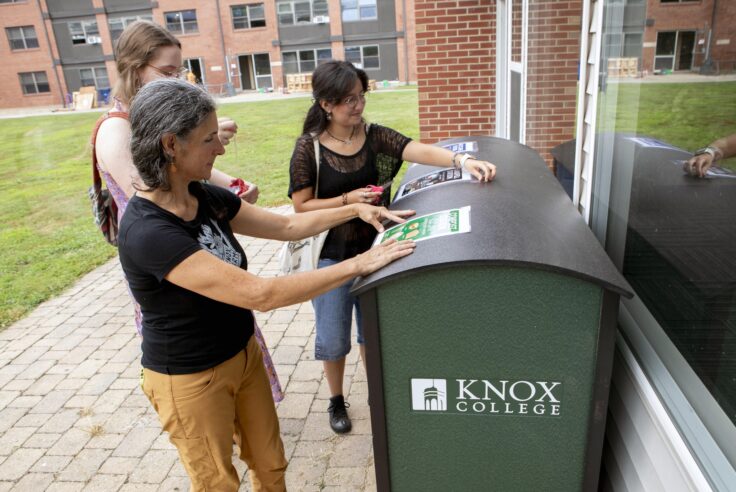
Blog Post
Keeping Compost Clean: Tools to Help Reduce Contamination...
The Composting Consortium interviews EcoProducts to...
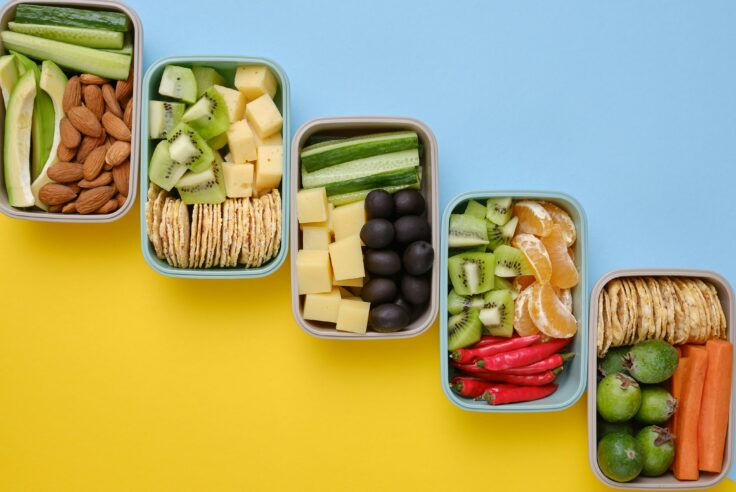
Press Release
Closed Loop Partners and U.S. Plastics Pact Identify...
Packaging types primed for reuse lay the groundwork...
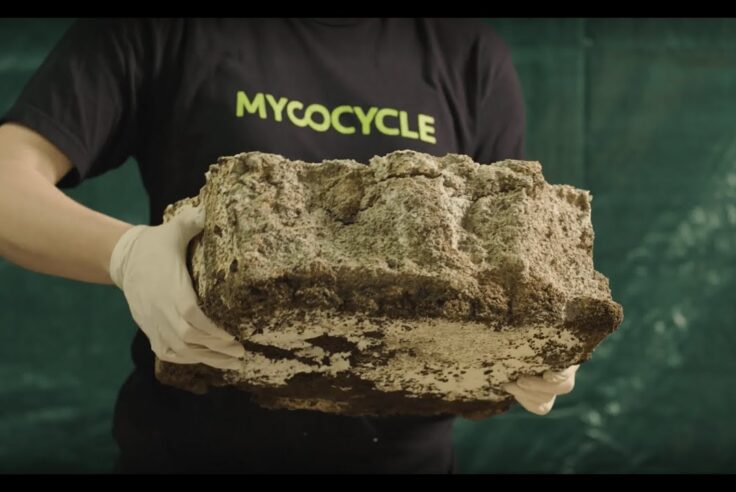
Blog Post
Why We Invested in Mycocycle: Nature-Inspired Circular...
Closed Loop Partners’ Ventures Group saw a key opportunity...
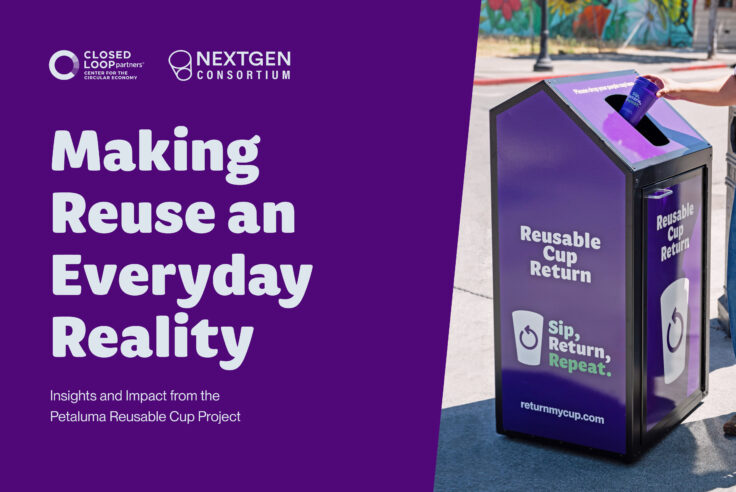
Press Release
Groundbreaking Results From Citywide Petaluma Reuse...
The Petaluma Reusable Cup Project from the NextGen...
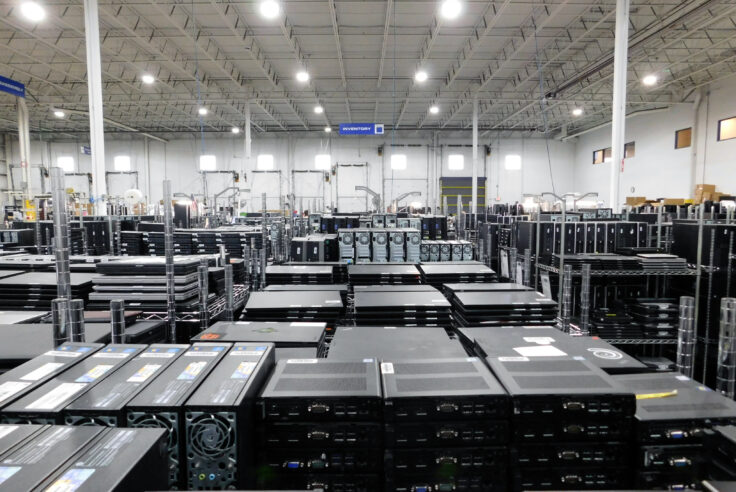
Press Release
Closed Loop Partners’ Portfolio Company, Sage Sustainable...
The bolt-on acquisition scales Sage’s end-to-end...

Press Release
Closed Loop Partners Unveils Groundbreaking Findings...
Closed Loop Partners’ Center for the Circular Economy...

Press Release
Capricorn Investment Group Backs Closed Loop Partners...
The partnership signals tailwinds behind the circular...

Blog Post
8 Tips to Navigate Life Cycle Assessments for Circular...
Closed Loop Partners’ Center for the Circular Economy...

Press Release
Closed Loop Partners Leads $4M Seed Round for LAIIER,...
Investment in the innovative liquid leak detection...

Blog Post
The Key to a Strong Local Economy? It Must Be Circular.
4 ways the circular economy unlocks local value.
